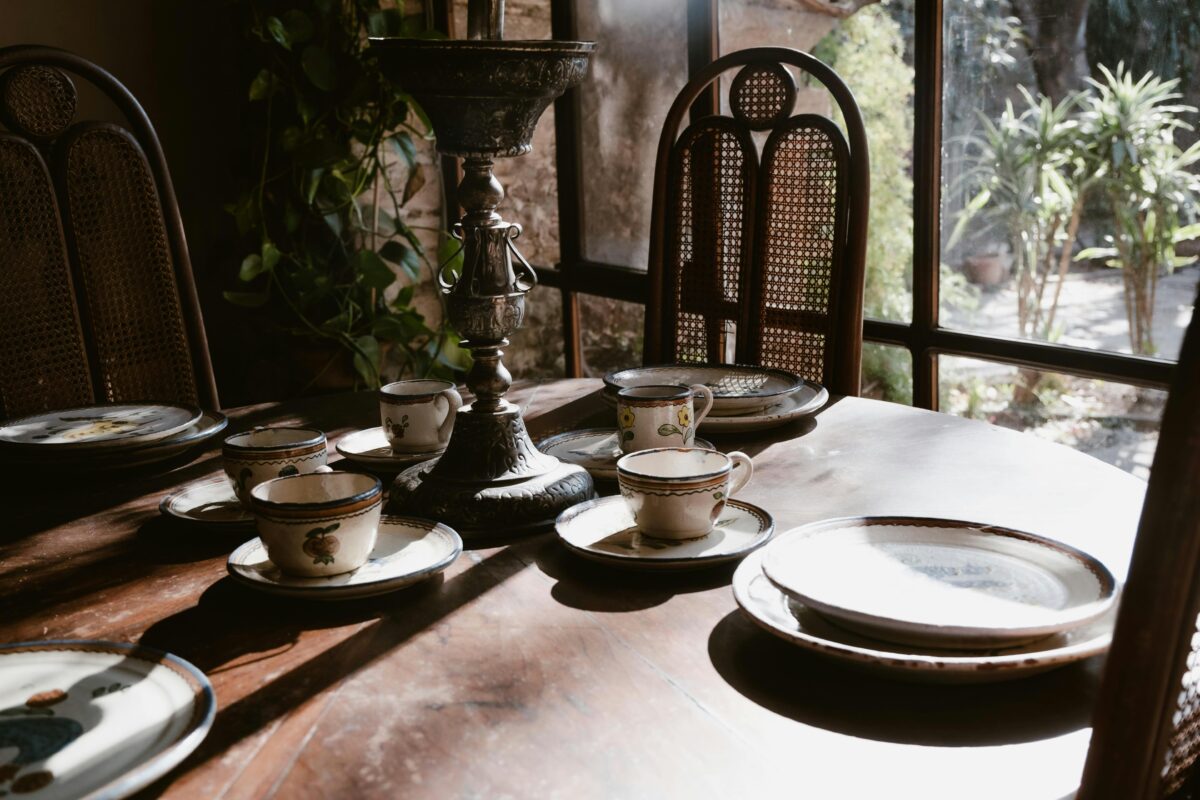Introduction
In the grand symphony of interior design, each piece of furniture plays a crucial role, much like an instrument in an orchestra. The harmony and balance of these elements can transform a room into a masterpiece, reflecting not just style, but the soul of the inhabitants. The living space, often considered the heart of a home, is where this melody is most profoundly felt. It’s not just about filling the room with furniture; it’s about curating a space that tells your story, a space that feels like home. Each piece, from the grandest sofa to the smallest side table, contributes to this narrative. As we embark on this journey together, we’ll explore the art of pairing sofas with other furniture. This isn’t just about aesthetics; it’s about creating a space that offers comfort, functionality, and a sense of belonging. We’ll delve into the nuances of mixing and matching, understanding how different styles, shapes, and colors can coexist in a beautiful, cohesive arrangement.
So, whether you’re a seasoned interior designer or a homeowner looking to revamp your space, this guide will provide valuable insights into the art of furniture pairing. Let’s create a symphony of elegance and comfort in your living space, one piece of furniture at a time. Welcome to the art of pairing sofas with furniture: A Mixing and Matching Guide. Let the journey begin!
Understanding Furniture Styles
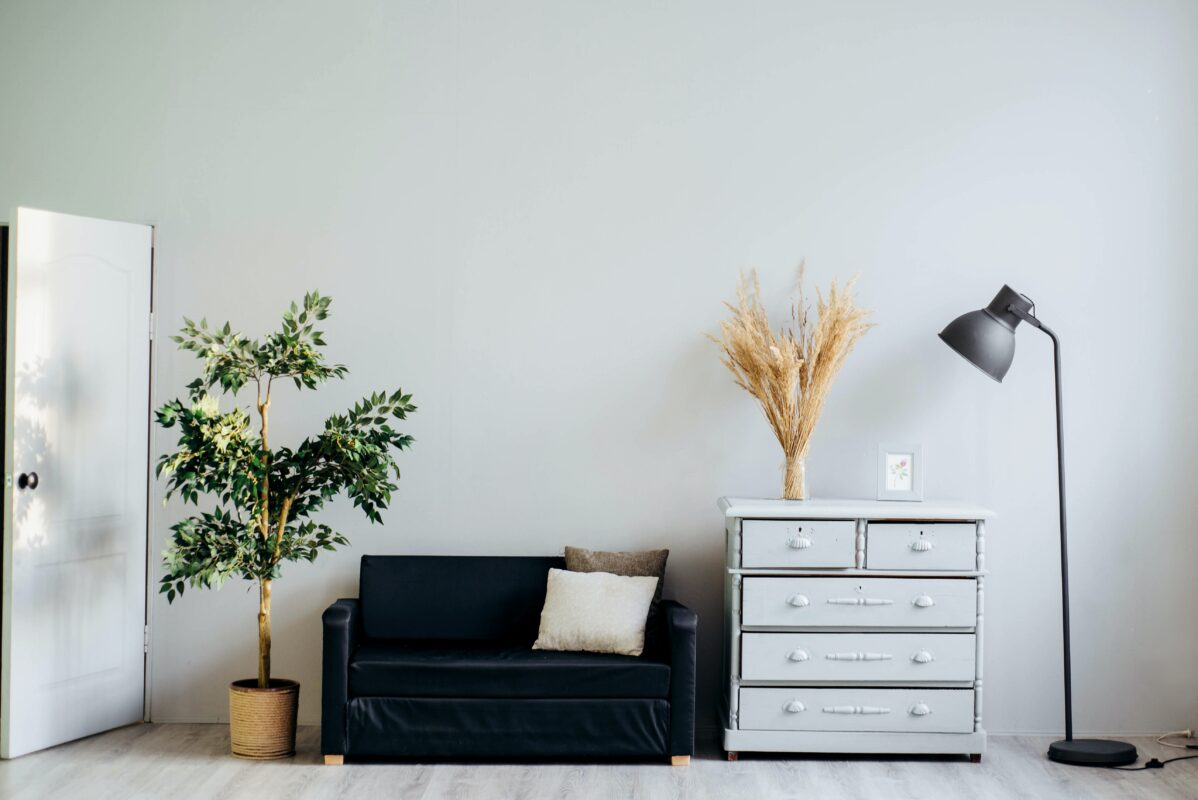
Harmonizing Sofa Colors with The Room
Color, the silent yet powerful language of design, plays a pivotal role in harmonizing your sofa with the rest of the room. It’s not just about picking a color you love; it’s about understanding the subtle interplay of hues and how they can transform a space. When choosing a color for your sofa, consider the overall palette of your room. Is it warm, with hues of red, orange, and yellow? Or is it cool, with shades of blue, green, and purple? Your sofa should resonate with this palette, creating a sense of cohesion and balance. A monochromatic color scheme, where you use different shades, tones, and tints of a single color, can lend a subtle, sophisticated touch to your space. It’s a delicate dance of light and dark, creating depth and visual interest without overwhelming the senses. On the other hand, an analogous color scheme, which involves colors that are next to each other on the color wheel, can create a serene and comfortable space. It’s like a beautiful sunset, where one color seamlessly blends into the next.
But color harmony is not just about the sofa and the walls; it’s about the entire room. Consider the color of your curtains, rugs, cushions, and other furniture. They all contribute to the overall color story of your space.
Remember, color is subjective. What matters most is that your space reflects your personal style and makes you feel at home. So, don’t be afraid to experiment and let your creativity shine. After all, your home is your canvas, and you are the artist. Let the colors play their symphony and watch as your space comes alive with a well-matched furniture ensemble. Happy coloring!
Introducing Accent Colors through Furniture
Accent colors are like the vibrant notes in a melody, adding depth and interest to your interior design composition. They’re the unexpected pop of color, the bold pattern, or the unique texture that draws the eye and adds a layer of complexity to the room.
Strategically introducing accent colors through furniture pieces is a powerful way to elevate the visual interest of your space. It’s like adding a dash of spice to a dish, enhancing the overall flavor without overpowering it.
Consider a well-chosen accent chair in a bold hue, a side table with a vibrant pattern, or a sofa adorned with colorful throw pillows. These pieces can serve as focal points, injecting personality and character into the room. They’re the statement pieces that say, “This is who I am.”
But introducing accent colors is not just about choosing bold furniture. It’s also about understanding how these colors interact with the rest of your space. How does the bold red of your accent chair play off the subtle beige of your sofa? How does the vibrant pattern on your side table complement the solid colors of your room?
Playing with patterns and textures can add layers and depth to your design. A smooth leather sofa paired with a textured throw blanket, a sleek metal coffee table contrasted with a plush rug – these combinations create a sensory experience that’s both visually appealing and tactilely satisfying.
Remember, introducing accent colors is an art. It’s about balance and harmony, contrast and cohesion. It’s about understanding the rules and knowing when to break them. So, don’t be afraid to experiment. Play with colors, patterns, and textures. Let your personality shine through your furniture choices. After all, your home is a reflection of you. Happy decorating!
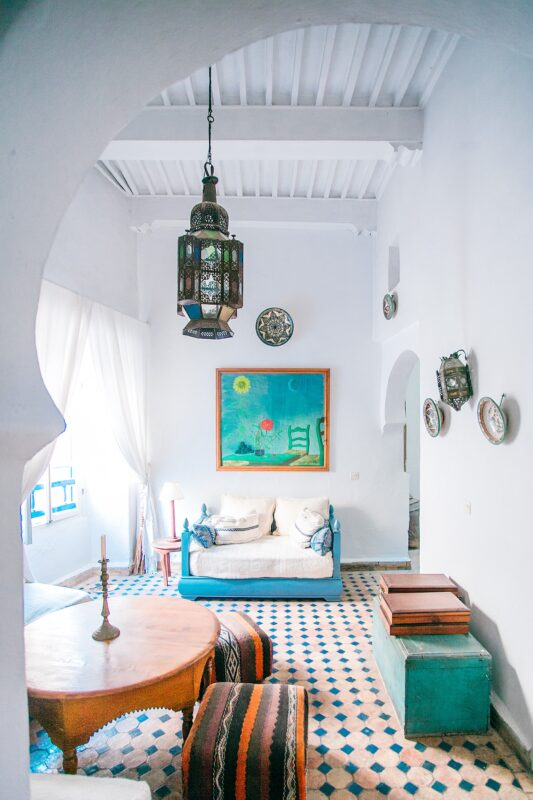
Color Psychology in Furniture Pairing
The Emotional Impact of Colors in Design
Colors are more than just visual elements; they are powerful tools that can evoke emotions, influence mood, and even impact our behavior. In the realm of interior design, understanding the emotional resonance of colors is crucial for creating spaces that not only look good but also feel right.
Warm colors, such as red, orange, and yellow, are often associated with energy, passion, and comfort. They can make a room feel cozy and inviting, making them ideal for social spaces like the living room or dining area. A sofa in a warm hue can serve as a welcoming centerpiece, radiating comfort and hospitality.
On the other hand, cool colors like blue, green, and purple often evoke feelings of calm and tranquility. They can make a space feel serene and relaxing, perfect for private spaces like bedrooms or study areas. A cool-toned sofa can create a soothing focal point, promoting relaxation and peace.
Neutral colors, such as white, beige, and gray, offer a sense of balance and flexibility. They provide a calming backdrop that allows other elements in the room to shine. A neutral-colored sofa can serve as a versatile anchor piece, complementing a wide range of color schemes and styles.
But the emotional impact of colors is not just about the individual hues; it’s also about how these colors interact with each other. The contrast between warm and cool tones, the harmony of analogous colors, the vibrancy of complementary colors – these interactions can create a dynamic visual landscape that stimulates the senses and sparks emotions.
By understanding the psychological effects of colors, you can make intentional choices in your furniture pairing. You can create a cohesive and inviting atmosphere that resonates with the desired mood for the room. Whether you want to create a vibrant and energetic space or a calm and soothing sanctuary, the power of colors is at your disposal.
Exploring Unconventional Color Pairings
Unconventional color pairings, when done right, can add a layer of sophistication and uniqueness to your furniture arrangement, making your space truly one-of-a-kind. Imagine a bold, fiery red sofa paired with a muted olive green armchair. At first glance, this might seem like an unlikely duo. But these bold and muted hues can harmonize beautifully, creating a dynamic interplay of color that is both striking and balanced. The bold red captures attention, while the muted green provides a calming counterpoint, creating a vibrant yet harmonious look. Or consider a royal blue sofa paired with mustard yellow accent pillows. This unconventional pairing can create a stunning visual contrast, adding a pop of color and personality to your space. The cool blue offers a sense of tranquility, while the warm yellow adds a touch of warmth and energy, creating a balanced and inviting atmosphere.
Accent colors, strategically placed, can serve as punctuation marks in your design narrative. They capture attention, create visual intrigue, and break up the monotony. A splash of turquoise on a beige sofa, a hint of coral on a gray armchair, or a dash of fuchsia on a white coffee table can add a touch of unexpected charm and sophistication to your space. Remember, unconventional doesn’t mean chaotic. Even the most daring color combinations need a sense of balance and harmony. It’s about finding the right balance between bold and muted, warm and cool, light and dark. It’s about understanding how colors interact with each other and with the space they inhabit.
So, don’t be afraid to venture beyond the conventional. Experiment with bold, unexpected color pairings. Play with different hues, tones, and shades. Let your creativity run wild and let your space tell your unique color story.
Proportions And Spatial Awareness
Scaling Furniture to the Room Dimensions
In the world of interior design, size matters. The scale and proportion of your furniture can significantly impact the look and feel of your room. Too large, and the space can feel crowded and overwhelming. Too small, and it can seem sparse and underwhelming. Striking the right balance is key to creating a space that is both functional and aesthetically pleasing.
When selecting a sofa, consider the dimensions of your room. A large sofa can make a grand statement, but it also demands space. It needs room to breathe, and so do you. Pairing a large sofa with appropriately sized side tables can create a balanced look, ensuring that no single piece of furniture dominates the space.
But scaling furniture to the room’s dimensions is not just about size; it’s also about shape. The shape of your furniture should complement the shape of your room. A long, rectangular sofa might work well in a long, rectangular room, while a round, curvy sofa might be better suited to a square or round room.
Consider the height of your furniture as well. A high-backed sofa can add a sense of drama and grandeur, but it might also block the view in an open-plan space. On the other hand, a low-backed sofa can create a sense of openness and flow, but it might not provide the support you need if you’re tall or have back issues.
Remember, every piece of furniture in your room contributes to the overall scale and proportion of the space. It’s like a puzzle, where each piece fits together to create a cohesive whole. So, take the time to measure your space, consider the size and shape of your furniture, and plan your arrangement carefully.
Avoid the pitfalls of overcrowding by leaving enough space for movement and flow. At the same time, avoid sparse arrangements by ensuring that your furniture is appropriately scaled to the size of your room. With careful planning and thoughtful design, you can create a space that is both beautiful and functional.
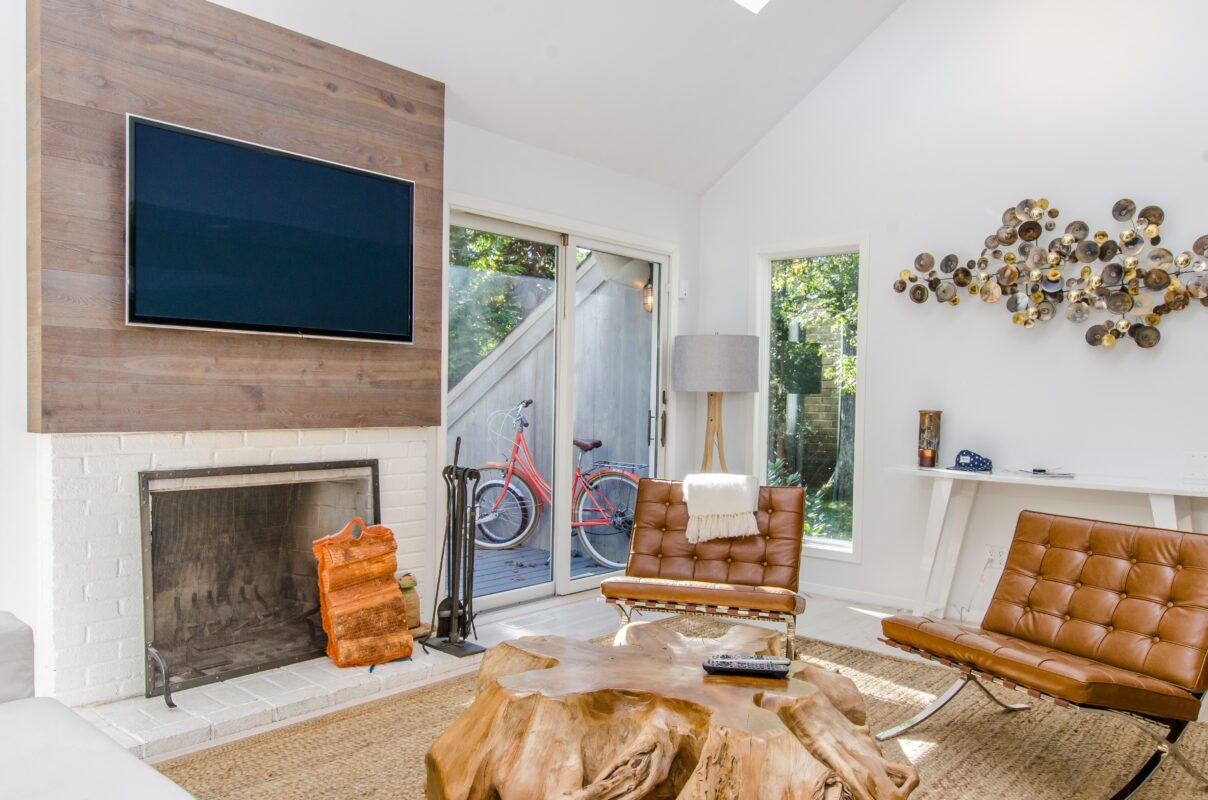
Creating Visual Flow through Furniture Placement
The placement of furniture in a room is much like choreographing a dance. Each piece must move in harmony with the others, creating a visual flow that guides the eye and facilitates movement. This dance of furniture is not just about aesthetics; it’s about creating a space that is comfortable, functional, and inviting.
Focal points are the stars of this dance. They are the visual anchors that draw the eye and give the room its structure. A focal point could be a fireplace, a large window, a piece of art, or even a statement piece of furniture like a grand piano or a bold-colored sofa. These elements command attention and set the tone for the rest of the room.
When arranging your furniture, consider these focal points. Position your sofa to face a fireplace, or place your dining table under a statement chandelier. These arrangements create a sense of balance and harmony, guiding the eye from one point to another in a smooth, natural progression.
But creating visual flow is not just about the big pieces; it’s also about the smaller details. The way your side tables align with your sofa, the distance between your chairs and your coffee table, the angle of your rug – these elements contribute to the overall flow of the room.
Traffic patterns are another crucial aspect of furniture placement. Your furniture should facilitate smooth movement, not hinder it. Leave enough space for people to move comfortably around the room. Avoid placing furniture in high-traffic areas or blocking entrances and exits. The path from one room to another should be clear and unobstructed.
Remember, creating visual flow through furniture placement is an art. It requires a keen eye for detail, a sense of balance, and an understanding of space. So, take your time, experiment with different arrangements, and don’t be afraid to move things around until you find the perfect flow. After all, your home is your stage, and you are the choreographer.
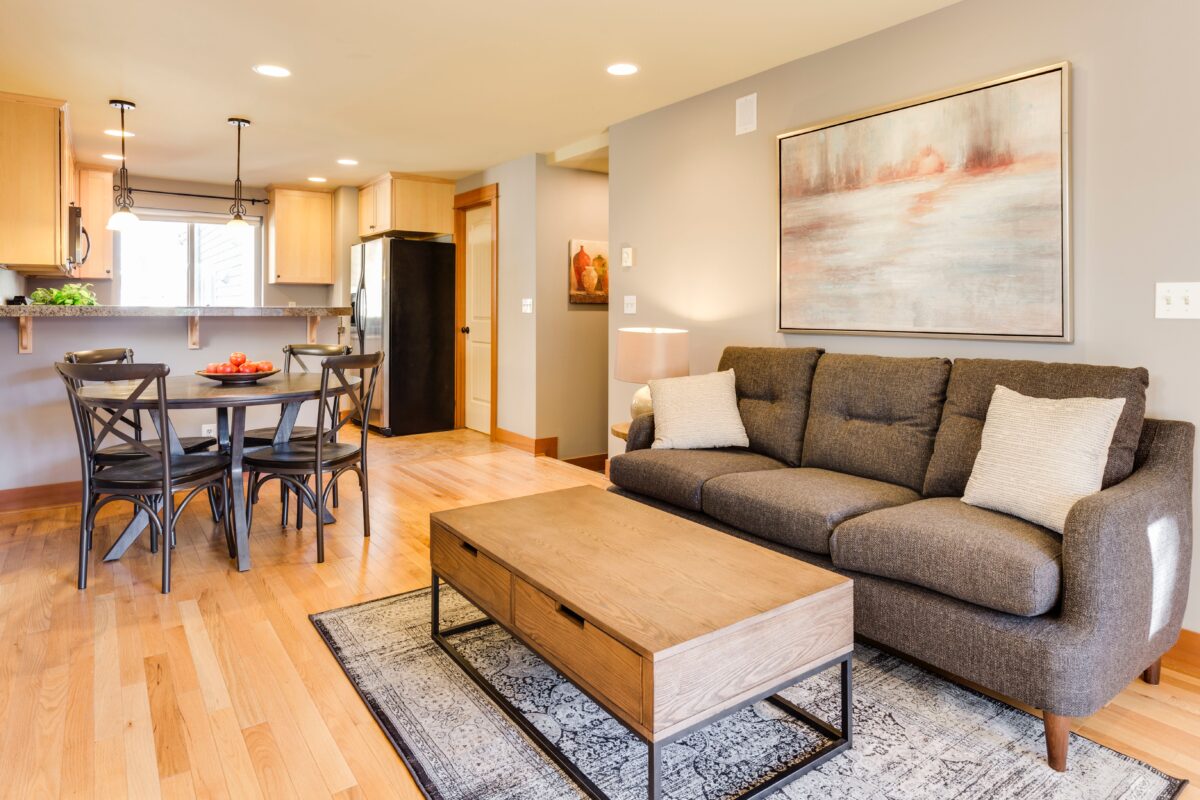
Conclusion
In the grand symphony of interior design, the art of mixing and matching sofas with other furniture plays a pivotal role. It’s a harmonious composition that requires a deep understanding of furniture styles, a mastery of color coordination, a keen eye for proportions, and an appreciation for material diversity.
But this art goes beyond the physical aspects of furniture. It’s about curating a space that not only functions seamlessly but also captivates with its aesthetic allure. It’s about crafting an environment that tells a story – a story of style, sophistication, and personal expression.
Each piece of furniture, each color choice, each placement decision contributes to this narrative. Your sofa, your tables, your chairs – they’re not just functional objects; they’re characters in your story. They reflect your tastes, your experiences, your dreams.
So, as you embark on your interior design journey, remember that you’re not just arranging furniture; you’re composing a symphony. A symphony that resonates with your personal style, that echoes through the walls of your home, that tells the world who you are.
And in this symphony, every note matters. The bold color of your sofa, the elegant shape of your coffee table, the soft texture of your rug – these are the notes that create your melody. So, play them with confidence, with creativity, with love.
In the end, the art of mixing and matching sofas with other furniture is not just about creating a beautiful space; it’s about creating a space that feels like home. A space where every piece of furniture, every color, every texture tells a story – your story. And what a beautiful story it is.

